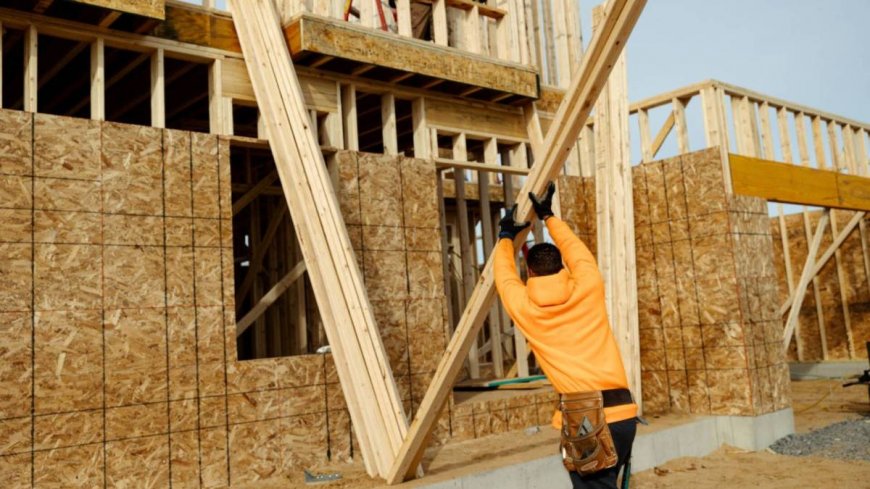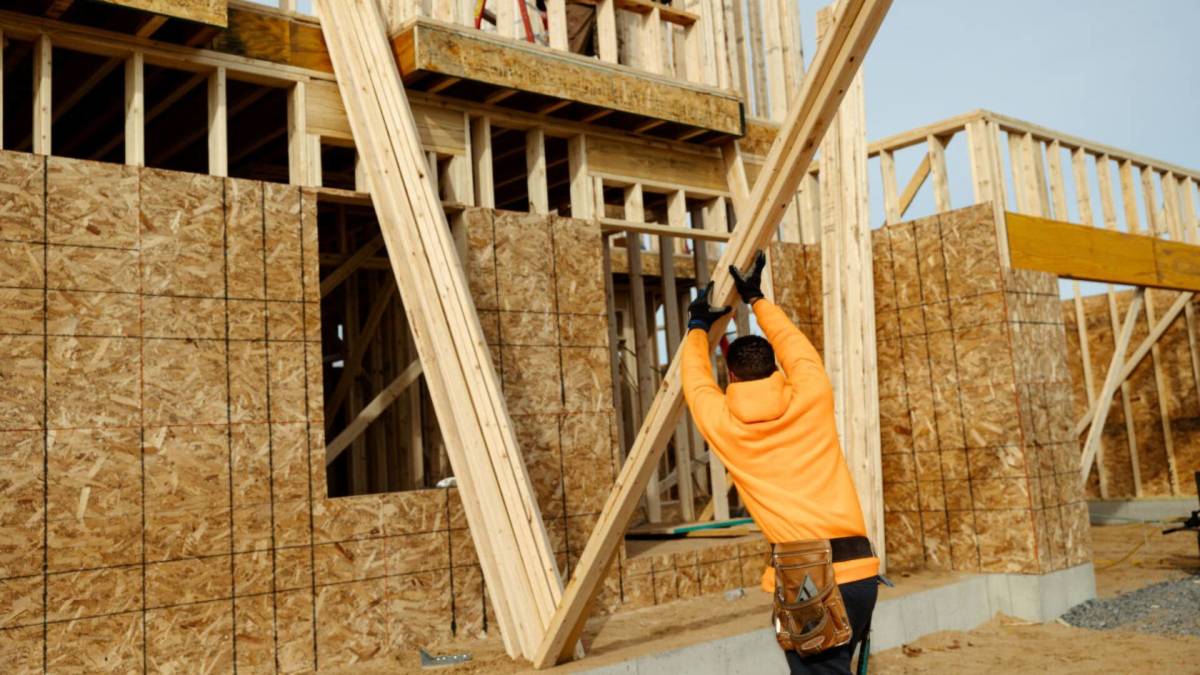2 strategies for a lower mortgage rate
If you're seeking a lower housing payment, these two mortgage strategies might help get you there.

It’s hard out there for homebuyers. Mortgage rates play a key role in the calculation of your monthly payment, and they’ve been remarkably high as of late.
For the most popular type of mortgage, the 30-year fixed loan, the average rate is around 7.44% — up from 2.72% in Nov. 2020.
If you purchased a $500,000 home three years ago with 20% down, your all-in monthly payment would've been about $2,300. The same priced-home at today’s rates would cost at least $1,000 more each month. And considering the run up in home prices, you’d probably be paying more yet sacrificing on things like space or location.
There are a number of well-known strategies that shoppers should try to nab a lower rate, including comparing offers from different lenders, putting down more than 20% of the purchase price, and improving their credit scores.
However, these tactics can only do so much. Here are two advanced strategies to consider for lowering your mortgage rate.
Consider an adjustable rate mortgage
An adjustable-rate mortgage, or ARM, isn’t for everybody — but it could be just right for someone who plans to move again in five to seven years.
ARMs work like this: Instead of getting a fixed mortgage rate for 30 or 15 years, you get a fixed rate that lasts for a set number of years. When that window closes, your rate can move up or down based on prevailing market rates. Common types of ARMs include 5/1 and 7/1, meaning your initial rate is set for five or seven years, respectively, and then changes annually.
Introductory rates on ARMs are typically lower than rates on 30-year fixed-rate mortgages because the buyer is taking on future interest rate risk. You don't know what you could be paying down the line, so the lender gives you a break with a lower initial rate.
The spread between ARM and fixed-loan rates can be as high as 1%. As of Nov. 22, the national average 5/1 ARM rate was 6.85%, compared to the national average 30-year fixed rate of 7.75%, according to Bankrate. (Remember: These are averages. With excellent credit and/or a large down payment, you could snag a rate below these figures).
If you’re already stretching your budget to buy a home, an ARM could be too risky. While your initial monthly payment might be affordable, it could shoot up by hundreds of dollars if interest rates rise in the future.
That’s where being a buyer on the move can come in handy. If you plan to relocate or trade up before your initial rate period ends, you can avoid a potentially unsavory rate adjustment.
That said, experts predict interest rates to start falling in 2024. If you can wait until next year to buy a home, you may start seeing 30-year loans with more palatable monthly payments — a safer option if you’re seeking long-term stability. 
Buy mortgage points
Whether you opt for an ARM or a fixed-rate loan, buying mortgage points can be a clever way to lower your rate if you have extra cash on hand. Essentially you’re buying a long-term discount on your interest rate (for an ARM, it’s only the initial rate).
Here’s how it works: Each “point” you buy reduces your rate, usually by 0.25% but some lenders offer smaller increments. Each point costs around 1% of the loan amount.
Many lenders will limit the number of points you can buy, but let’s say you’re taking out a $300,000, fixed-rate mortgage and trying to reduce your rate from 7.5% to 6.5%.
You'll need to buy four points at a cost of $3,000 each. That's $12,000 extra due at closing for savings of about $200 a month. You’ll break even if you stay in the home for at least five years (divide the monthly savings by the upfront cost). That's a decent deal if you can manage the upfront expense.
Pro tip: Look out for motivated sellers or lenders who offer rate buydowns. Better yet, consider buying new construction. In October, nearly 30% of homebuilders offered mortgage rate buydowns, according to the National Association of Home Builders. The only thing better than buying something at a discount is having someone else buy it for you.
What's Your Reaction?
























































